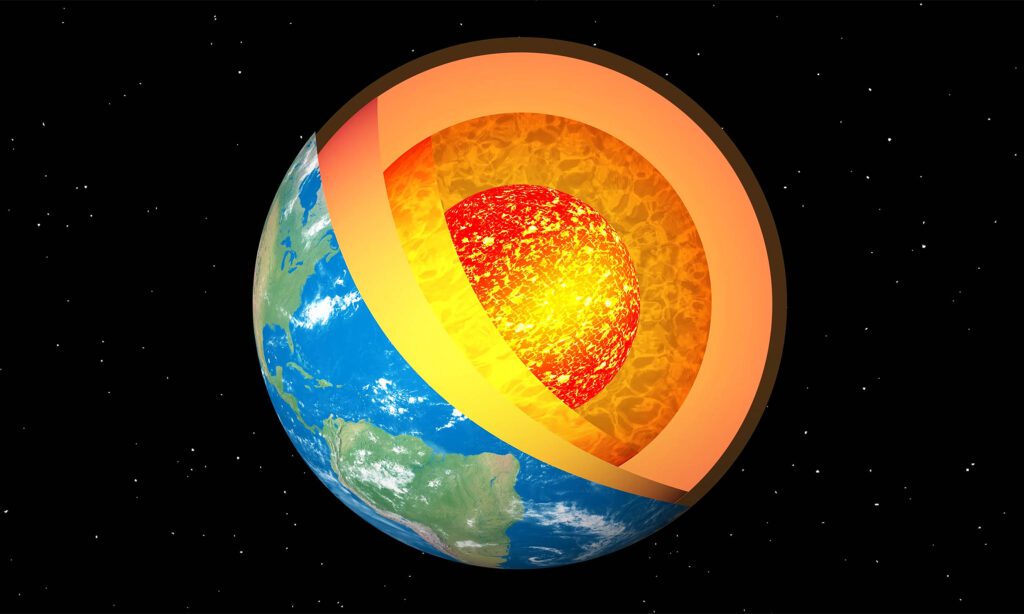Recent studies published in Nature Geoscience indicate that the Earth’s innermost core, situated about 3,000 miles below the surface and smaller than the moon, is experiencing a slowdown in its rotation, a phenomenon that began around 2010. This development has reignited discussions about the inner workings of the Earth, particularly regarding the inner core’s influence on the planet’s magnetic field.
Using seismic data from various global locations, researchers have observed changes in the structure of the inner core, suggesting its rotation may be slowing and even reversing relative to the Earth’s surface. John Vidale, a geophysicist at USC, and his team analyzed data from numerous earthquakes and historical nuclear tests to identify these signals. They attributed the core’s deceleration to gravitational influences from the dense mantle above and its interactions with the outer core of liquid iron.
The findings challenge previous assumptions of the inner core being a static, solid mass and highlight its dynamic nature. The study suggests that ongoing changes within the core could subtly affect the length of the day, although these changes are typically too minor for general recognition. Researchers aim to continue monitoring and analyzing seismic waves to better understand the complexities of the inner core and its role in Earth’s magnetic behavior, as these insights could reshape our understanding of geological processes over time.


